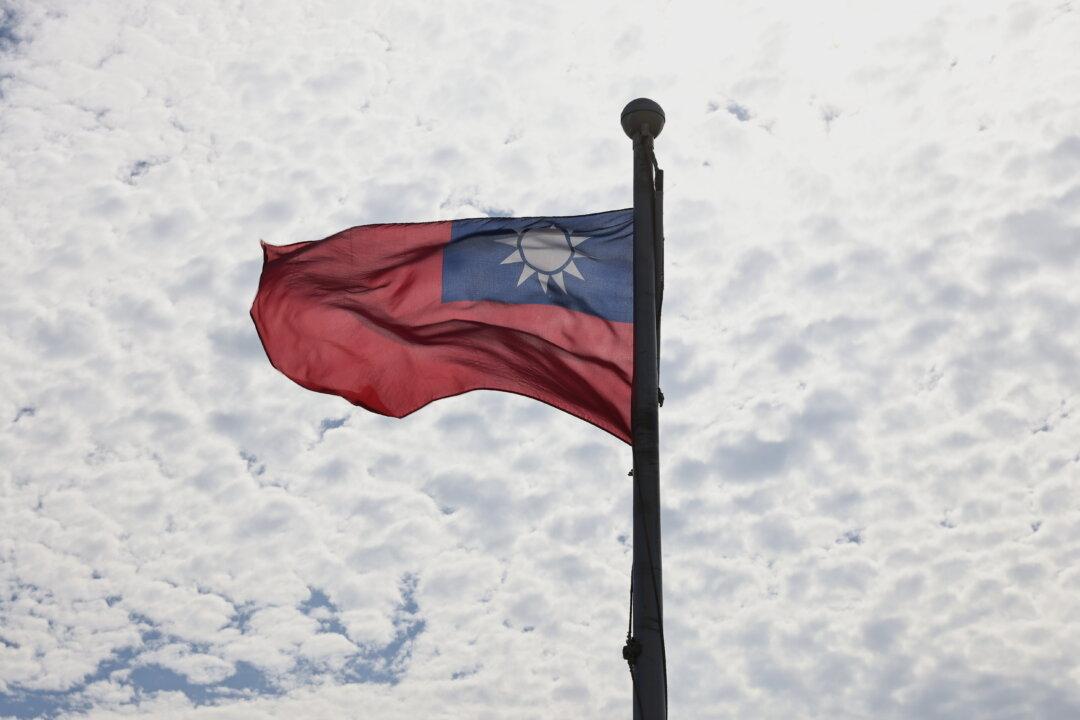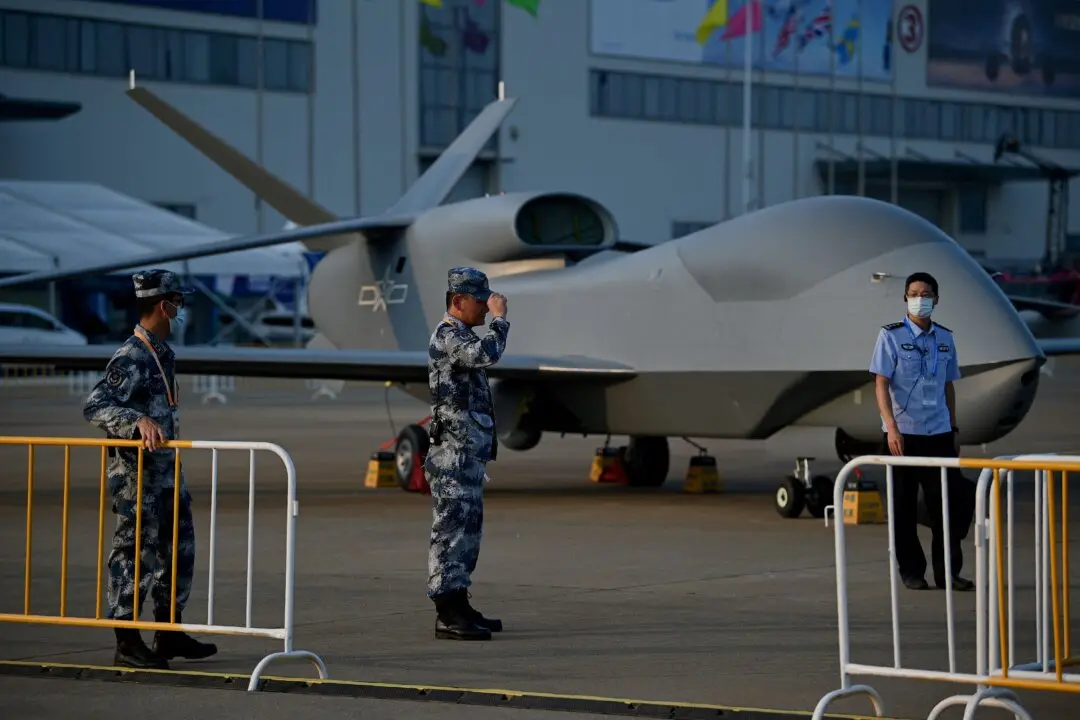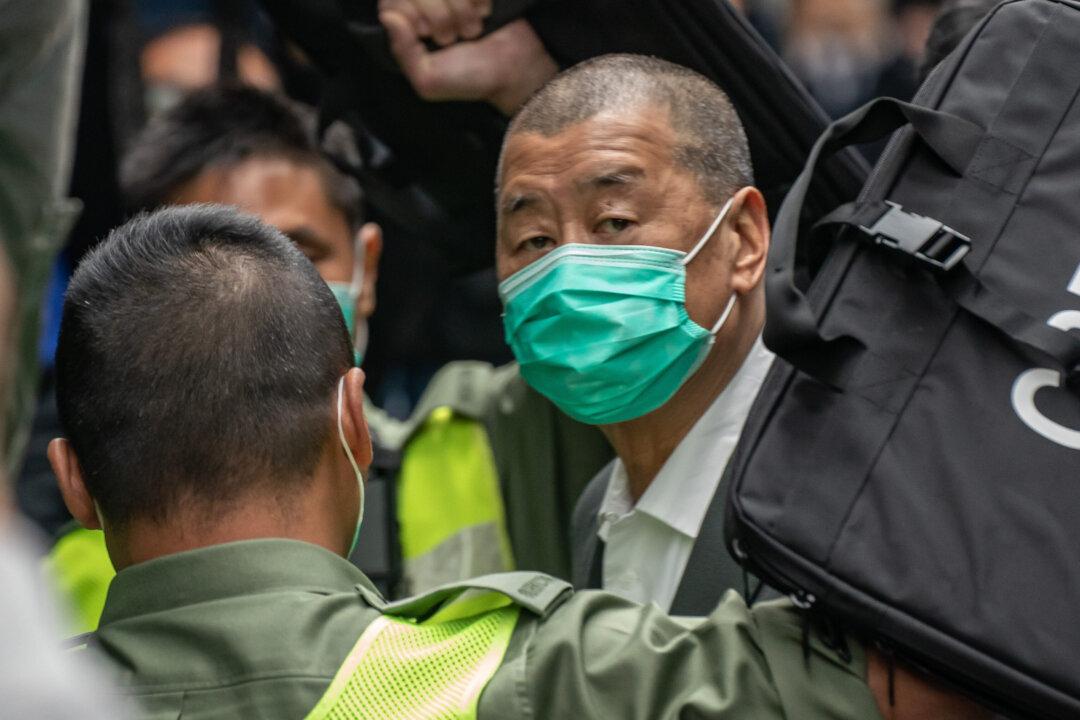The temporary cut to a Taiwan minister’s video feed during U.S. President Joe Biden’s Summit for Democracy last week caused “confusion,” the U.S. State Department said on Monday. The incident happened after a global map appeared, showing the island of Taiwan in a different color to China.
The color-coded map shared by Taiwan’s Digital Minister Audrey Tang during a presentation on Dec. 10 was produced by South Africa-based NGO CIVICUS. In the map, the organization colored governments according to their respect of civic rights, like freedom of speech and assembly. Communist China was given the worst “closed” rating with the color red. Taiwan, which is a self-ruled liberal democratic island, was categorized as “open” and marked in green.




